Archaeological collections
Paleolithic and Mesolithic Periods
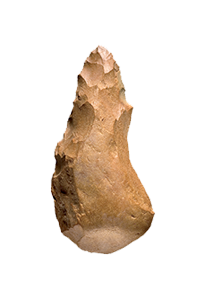 The first human groups in Modena | 300,000 years ago - 7th millennium B.C.
The first human groups in Modena | 300,000 years ago - 7th millennium B.C.
Evidence of the earliest human presence in the territory of Modena is found in chipped stone tools dating back to the Middle Paleolithic (a period ranging from 300,000 to 400,000 years ago) that were gathered on the surface of the hills south of the city. These finds bear witness to the presence of groups of individuals who lived in seasonal or temporary camps linked to the activities of hunting and gathering.
Neolithic Period
Farming villages | 5th – mid-4th millennia B.C.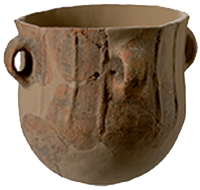
The numerous finds in the Modena area cover the entire chronological period of the Neolithic and come mainly from domestic contexts, which document the transition from a nomadic to a semi-nomadic to a sedentary lifestyle. The changing relationship between humans and their environment, which during this period is characterized by the practices of farming and breeding animals for food production, also brings about significant social and technological changes.
Copper Age
 The success of metallurgy | mid-4th – 3rd millennia B.C.
The success of metallurgy | mid-4th – 3rd millennia B.C.
The earliest Copper Age pieces in Modena date back to the 4th – 3rd millennia B.C. and come primarily from burial sites. The production of copper objects is limited to weapons such as daggers, halberds and axes, which were possessed by high-ranking warriors, as demonstrated by the grave goods of these new social figures.
Bronze Age: the Terramare
The great transformation | Late 3rd – 2nd millennia B.C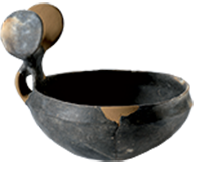
During the early Bronze Age (2300 – 1650 B.C.), the territory of Modena was sparsely inhabited, but from 1650 B.C. we begin to see a radical change in the landscape of the central Po Valley, caused by the arrival of new communities that spread out to occupy the territory: the civilization of the Terramare begins.
Iron Age
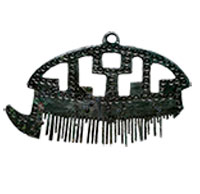 On the threshold of history | 9th – 7th centuries B.C.
On the threshold of history | 9th – 7th centuries B.C.
In the early Iron Age, the Po Valley appears to be inhabited once again, after the long period of abandon that follows the fall of Terramare. The success of the so-called “Villanovian” culture in the area of Emilia-Romagna comes about in the same period that the first proto-urban clusters appear in the Tyrrhenian area, prior to the rise of the great Etruscan cities.
Padanian Etruria
An organized political-economic system | 6th – 4th centuries B.C.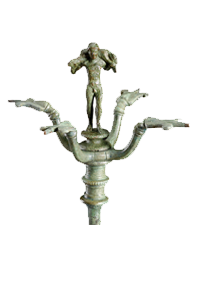
During the 6th century B.C. an organized political-economic system begins to emerge in the territory between the Adriatic, the Apennines and the Mantova area. Felsina (Bologna) was most likely the administrative center of this system, along with other urban centers, including Spino as a commercial port, and Marzabotto and Mantova as strategic outposts.
The Celts
 Before Rome: the Gallic invasions | 4th – 3rd centuries B.C.
Before Rome: the Gallic invasions | 4th – 3rd centuries B.C.
The settlement of Gallic tribes in the territory of Modena in the late 4th century brings no significant change to the demographic structure of the area, which is characterized by coexistence with Etruscan communities. Initially a few Etruscan enclaves survived in the valleys of Mirandola, near the Po, and towards the south, along the Panaro Valley, which was a communication route with Central Italy.
Roman Era
The Territory of Modena from the Republic to late Antiquity | 3rd century B.C. – 6th century A.D.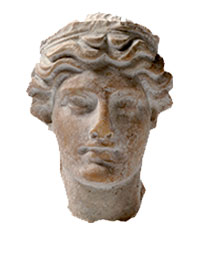
Initiated in the 3rd century B.C., the Romans’ plan to occupy the Po Valley was put into effect with the construction of the Via Aemilia in 187 B.C. Subdivided into plots based on Centuriation, the territory was covered in farms, rural buildings, villas, necropolises and productive structures such as furnaces, as evidenced by the numerous finds on exhibit.
Roman Modena
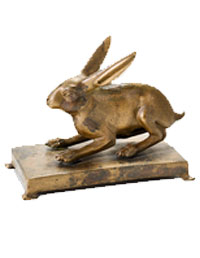 Valiant and splendid Mutina | 3rd century B.C. – 6th century A.D.
Valiant and splendid Mutina | 3rd century B.C. – 6th century A.D.
Mutina is a buried city. The thick layers of alluvial sediment that covered it between late Antiquity and the Middle Ages largely preserved homes, streets, public buildings and necropolises, which reemerge each time the subsoil is investigated, reconstructing the image of a city that Cicero described as “splendid and flourishing”.
Middle Ages
From Mutina to the municipal city | 6th – early 15th centuries A.D.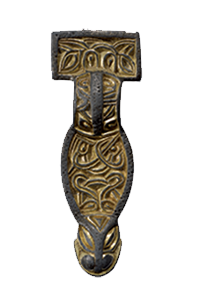
The borders of municipal Modena do not correspond to those mapped out by the walls of Roman Mutina. The repositioning of the post-antiquity city in relation to Mutina most likely started in the late 3rd century A.D., when the Roman Empire was assailed by the first Barbarian invasions.
The Roman Lapidarium
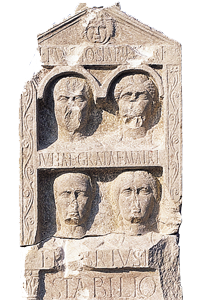 The stories of the Mutinenses | late 1st century B.C. – early 2nd century A.D.
The stories of the Mutinenses | late 1st century B.C. – early 2nd century A.D.
The Roman section of the Museum boasts monuments from the necropolises of Mutina, brought to light from the period following WWII until today. These remarkable monuments, which are on display on the ground floor of the Palazzo dei Musei, attest to the wealth Mutina achieved, and through the messages passed down by the epigraphs, provide a fresco of the varied social fabric of the city.
